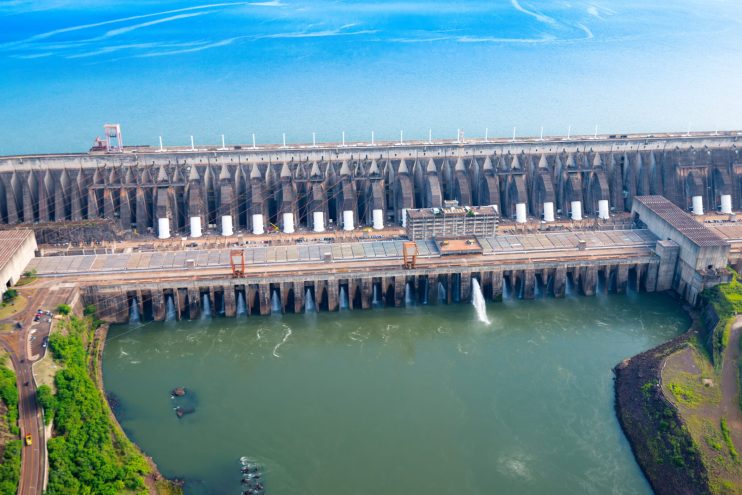Exclusive: Government must offer more subsidies to meet green hydrogen goals

Government instability and a lack of subsidies has made the UK less appealing than rival economies for developing green hydrogen projects, argued the boss of a leading energy specialist.
Olivier Mussat, chief executive of Atome Energy, told City A.M. the country’s target of 10GW by the end of the decade was ambitious, but it had to be matched with sufficient financial support for long-term projects.
“Clearly from the ambitions that [the UK] have of 10GW, the subsidy is too small.”
Otherwise, it would be highly challenging to develop the necessary scale to meet the targets.
Mussat outlined that new domestic producers would need to initially import a lot of hydrogen as well as manufacture their own to build the necessary supplies to be viable.
In his view, it was vital projects had a clear pathway to completion, with enough support to get off the ground.
He said: “If you can import a lot of hydrogen cheaply, then you can create an ecosystem domestically, which will make it easier to develop more projects in the country.”
While the UK was “sending the right signal” by setting targets for green hydrogen power, this was only a first step, he said.
Mussat suggested the UK should make sure there are ample subsidies available so that energy companies could stock up on hydrogen during the initial development stage.
“If you look at the length of time it takes to create a project if you have to build the power supply, the transmission line, then the hydrogen loop and the ammonia loop – you have an entire ecosystem to create, which takes a long time,” he said.
He also raised concerns over a lack of Government stability, and confessed to “not really being sure what’s going on at 10 Downing Street” amid continued political overhaul.
The hydrogen boss believed the UK had to reassure investors so that they could trust favourable conditions for projects will be “there for a long time.”
ATOME’s favours non-UK hydrogen projects
Green hydrogen is produced by splitting water into hydrogen and oxygen using renewable electricity.
ATOME Energy is a FTSE AIM All-Share listed specialist in its production, manufacturing green hydrogen across multiple projects around the world.
Its chief project is a 400 MW site in Viletta, Paraguay, which ATOME is developing in partnership with ANDE, Paraguay’s national electricity producer.
The facility will produce green hydrogen and green ammonia via a new substation on the River Paraguay, with plans to ramp up its generation by a further 400MW.
It is the largest project in ANDE’s history and consists of 100 per cent renewable power in terms of energy generation.
ATOME is targeting large scale production of green hydrogen and ammonia for the global fertiliser market by 2025.
It currently doesn’t operate any facilities in the UK.
In contrast to the UK, Mussat praised the US approach to hydrogen development.
In his view, the country was showing “real leadership” by providing clear subsidies for demand, so that companies are able to pay for the price of hydrogen at all times, which has helped motivate investment upstream.
“I think the UK seems to be sending the right signal, but it’s not completely there,” he said.
The UK government was approached for comment.